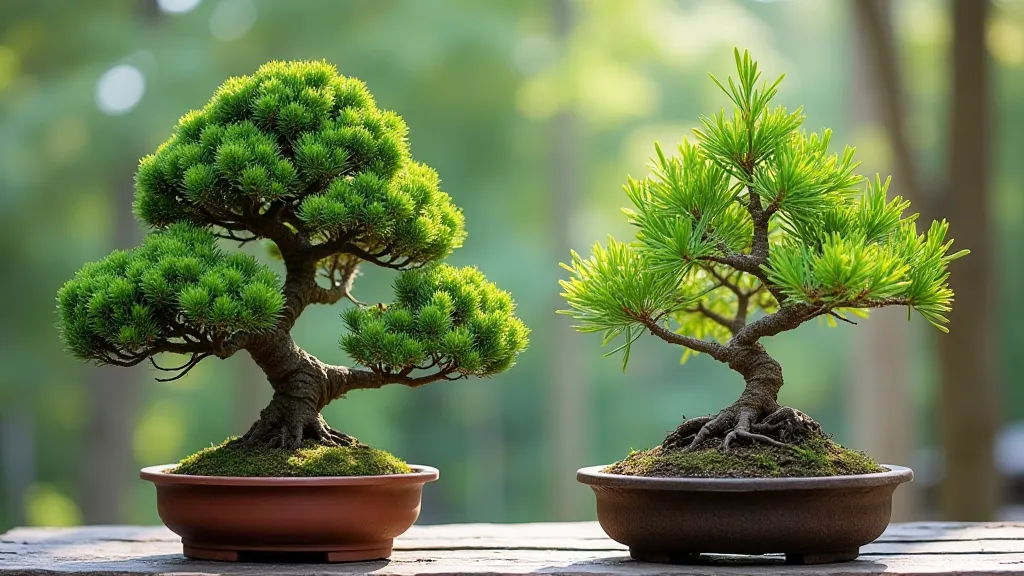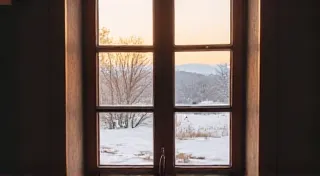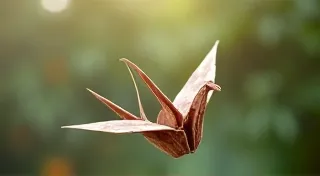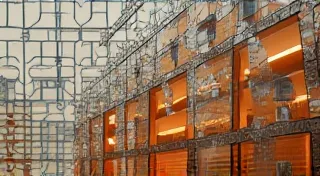Rootbound Reflections: Repotting as a Metaphor for Reinvention
The scent of damp earth and pine needles is a potent trigger. It transports me instantly to the small, sun-drenched workshop where my grandfather cultivated his bonsai. Not the manicured, competition-winning specimens, mind you. His were older, stubbornly individual trees, each carrying the quiet history of decades spent in clay pots. I remember the weight of the tools in my small hands as he patiently showed me how to tease roots, amend soil, and gently re-establish a juniper within its container. Little did I know then that the process wasn't just about tree health; it was a quiet lesson in resilience, renewal, and the cyclical nature of growth.
My own writing career, like a juniper bonsai, has experienced periods of rootbound stagnation. The enthusiasm of early beginnings fades, and the familiar comfort of established patterns can subtly choke the creative flow. It's in these moments that the metaphor of repotting becomes strikingly relevant. Just as a juniper’s roots, circling relentlessly within a pot, eventually restrict nutrient uptake and growth, so too can ingrained habits and self-imposed limitations hinder a writer's progress.

There's a parallel here, I realize, with the restoration of antique instruments. I've spent countless hours meticulously cleaning and repairing vintage accordions – magnificent, complex machines crafted with incredible skill. These instruments, like old bonsai, carry within them the echoes of past lives, of hands that have coaxed music from their reeds. They, too, can become rootbound, their mechanics seizing, their tone dulling. A thorough disassembly, a careful cleaning, and often, the replacement of a few vital components, can breathe new life into them. You're not erasing their history, you’re preserving it, ensuring their song can continue.
My grandfather, a man of few words, instilled in me an appreciation for craftsmanship. He didn’t talk much about the artistic merit of bonsai; he spoke of the responsibility – the respect – that came with nurturing a living thing. He's taught me that the best bonsai are often the ones that bear the marks of time – the subtle imperfections that tell a story. Similarly, in writing, it’s those imperfections, those vulnerabilities, that often resonate most deeply with readers. The polished, perfect prose can feel sterile, lacking the vital spark of human experience.
The Juniper’s Resistance and the Writer’s Doubt
Repotting a juniper isn’t a gentle process. The roots, often a dense, interwoven mass, resist being disturbed. They cling to the old soil, clinging to the familiar. There’s a feeling of delicate violence in the process – a necessary disruption of the status quo. This, I'm finding, mirrors the emotional discomfort of confronting a stalled writing project. It's easier to stay within the safe confines of what we know, to avoid the risk of failure, to cling to the “old soil” of established patterns, even if it means sacrificing growth.
A juniper’s roots, however, are remarkably resilient. They adapt, they regrow. They are driven by an intrinsic urge to seek nourishment and stability. The same, I believe, is true of a writer's spirit. The periods of creative drought, the moments of overwhelming doubt, they are often signals that a repotting is necessary – a conscious effort to shake off the stagnation and seek new sources of inspiration.
Juniper Bonsai Pruning, Wiring & Styling: Lessons for the Craft
The techniques used in juniper bonsai care – the precise pruning, the delicate wiring, the deliberate styling – offer further insights. Juniper bonsai pruning isn’t simply about trimming; it’s about shaping, about directing growth, about revealing the underlying structure. It’s a process of constant evaluation and refinement. Similarly, in writing, a ruthless editing process—cutting unnecessary words, reshaping sentences, restructuring paragraphs—is essential for clarity and impact.
Juniper bonsai wiring techniques demand patience and a keen understanding of the tree’s growth patterns. You’re not forcing the tree to conform to your will; you’re gently guiding it, encouraging it to embrace a new direction. This aligns with the often-difficult process of incorporating feedback into your writing. It’s about recognizing the wisdom in another perspective, even when it challenges your own. The delicate balance of tension and flexibility is key – too much force, and the branch breaks; too little, and there’s no change at all.
The act of bonsai juniper styling is perhaps the most revealing metaphor of all. It’s about finding the beauty in imperfection, about embracing the asymmetry, about revealing the character that comes from weathering time. It’s about recognizing that a tree isn't perfect, but it can be exquisite. It’s a profound reminder that the most compelling stories are often those that aren't neatly packaged or predictably plotted.
Dealing with Challenges & Variety
Bonsai juniper diseases and pests require attention and understanding. Recognizing a problem early—whether it’s spider mites, fungal infections, or nutrient deficiencies—demands a diagnostic eye and a willingness to learn. Just as a writer must be vigilant about spotting inconsistencies in their narrative or grammatical errors, a bonsai enthusiast must learn to identify and address issues before they become insurmountable.

Understanding the variety of bonsai juniper varieties—from the classic ‘Procumbens Nana’ to the more dramatic ‘Aurea’—is crucial for selecting the right tree for your climate and aesthetic preferences. Just so, a writer must explore different genres, experiment with different writing styles, and continually seek to broaden their creative horizons. Juniper bonsai care tips are readily available, a testament to the communal desire to nurture these remarkable trees. It reflects the support system vital to any creative pursuit.
Winter protection for juniper bonsai is not about preventing change; it's about ensuring survival through a challenging period. It’s a recognition that even the strongest trees need a helping hand when faced with adversity. And as a writer, it's sometimes necessary to step back, to recharge, and to allow for a period of incubation before returning to the creative work with renewed energy.
A Continuing Cycle
Repotting a juniper bonsai is not a one-time event; it’s a cyclical process. Every few years, the tree needs to be refreshed, its roots examined, its soil amended. Similarly, a writer’s career is marked by periods of growth, stagnation, and renewal. The willingness to embrace the discomfort of disruption, to confront the rootbound patterns, and to seek new sources of inspiration – these are the hallmarks of a resilient and flourishing creative life. Just as my grandfather taught me, the most beautiful bonsai are often those that bear the marks of time, a testament to the enduring power of patience, perseverance, and a deep respect for the cyclical nature of growth.






